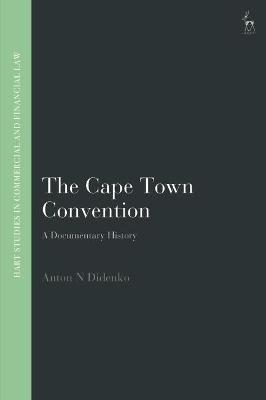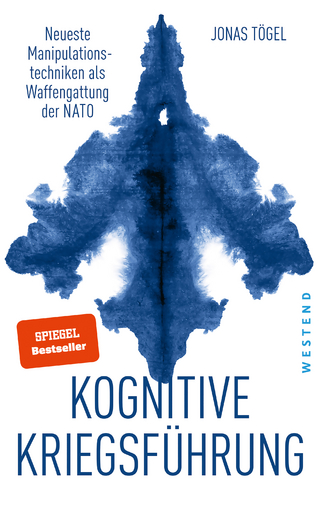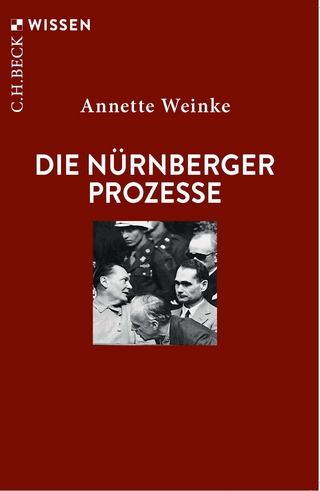
The Cape Town Convention
Hart Publishing (Verlag)
978-1-5099-3977-0 (ISBN)
The book is an invaluable addition to the existing literature on the Cape Town Convention. It also informs the debate about harmonisation of secured transactions regimes generally, and as such will be of interest to academics, legal practitioners and the judiciary involved in secured transactions law around the world. Practising lawyers will better understand the rationale behind the key provisions of the Cape Town Convention, while the treaty-making lessons will assist governmental officials, representatives of international organisations and legal advisors engaged in harmonisation of commercial law.
The text covers all four protocols to the Cape Town Convention, including the MAC Protocol adopted on 22 November 2019 in Pretoria.
Anton Didenko is Research Fellow in the Centre for Law, Markets and Regulation at the Faculty of Law, University of New South Wales.
1. Introduction
1.1. Cape Town Convention: A Long Journey Home
1.2. In Search of Underlying Objectives and Challenges
1.3. Scope of this Book
1.4. Structure of this Book
1.5. History of the Cape Town Convention: The Key Stages
2. Defining the Scope of the Convention
2.1. Overview
2.2. Identifying the Problem
2.2.1. Origins of the Convention: The Lex Situs Conundrum
2.2.2. Seeking Solutions to the Lex Situs Problem
2.2.3. A Functional Approach to Security Interests?
2.2.4. Transactions Falling within the Ambit of the New Convention
2.3. Proposing a Solution: The Concept of International Interest
2.3.1. International Interest as Alternative to Recognition
2.3.2. Autonomous Character of International Interest; Relationship between an International Interest and Interests Created under National Laws
2.4. Evolution of the Concept of Internationality
2.4.1. Emergence of the Test of ‘Internationality’
2.4.2. Decline of Internationality
2.4.3. Declarations on Purely Domestic Transactions
3. Selecting the Asset Types Covered by the Convention
3.1. Overview
3.2. Evolution of the Concept of Mobile Equipment
3.2.1. Generic Concept of Mobile Equipment
3.2.2. Specific Types of Equipment
3.3. Aircraft
3.3.1. Pre-CTC International Rules Affecting Aircraft Finance
3.3.2. Aircraft Engines
3.3.3. Helicopters and Helicopter Engines
3.4. Ships
3.4.1. Pre-CTC International Rules Affecting Ship Finance
3.4.2. Exclusion of Ships from the Scope of the CTC
3.5. Mining, Agricultural and Construction Equipment
4. Choosing an Appropriate Structure for the Convention
4.1. Overview
4.2. Transition to Asset-Specific Regulation
4.3. Separation of the Aircraft Protocol
5. Addressing Inter Partes Matters: Remedies and Party Autonomy
5.1. Overview
5.2. The Role of Party Autonomy
5.3. Remedies
5.3.1. Origins of the Enforcement Provisions in the Convention
5.3.2. Convention Remedies: Party Opt-in or Opt-out?
5.3.3. Advance Relief
5.3.4. Achieving a Balance of Interests in Remedy Provisions
6. Addressing Matters Affecting Third Parties: Key Considerations
6.1. Overview
6.2. Development of the System of Priorities
6.2.1. Multiple Priorities Problem
6.2.2. Priority Position of Nationally Preferred Creditors
6.3. Development of the Registration System
6.3.1. Origins of the Registration System
6.3.2. Structure of the Registration System
7. Measuring the Feasibility of the Convention: Commercial Concerns and State Sensitivities
7.1. Overview
7.2. The Role of Commercial Factors in the Development of the CTC
7.2.1. Certainty/Predictability and its Role in the Development of the CTC
7.2.2. Economic Benefit Studies in the History of the CTC
7.3. State Sensitivities
8. Process-Management Challenges
8.1. Overview
8.2. The Role of Working Groups in the Development of the Convention
8.2.1. Steering and Revisions Committee (SRC)
8.2.2. Drafting Groups and Committees
8.2.3. Specialist Working Groups and Consultations
8.3. Alternatives as an Instrument of Crystallising Negotiations
8.4. Obtaining Industry Support
9. Conclusions
9.1. Lessons for Commercial Treaty-Making
Appendix 1: Cape Town Convention Development Timeline: Key Milestones
Appendix 2: Table of Concordance of Reports and Working Papers
| Erscheinungsdatum | 07.05.2021 |
|---|---|
| Reihe/Serie | Hart Studies in Commercial and Financial Law |
| Verlagsort | Oxford |
| Sprache | englisch |
| Maße | 156 x 234 mm |
| Gewicht | 513 g |
| Themenwelt | Geschichte ► Teilgebiete der Geschichte ► Militärgeschichte |
| Recht / Steuern ► EU / Internationales Recht | |
| Recht / Steuern ► Rechtsgeschichte | |
| Recht / Steuern ► Wirtschaftsrecht | |
| ISBN-10 | 1-5099-3977-6 / 1509939776 |
| ISBN-13 | 978-1-5099-3977-0 / 9781509939770 |
| Zustand | Neuware |
| Informationen gemäß Produktsicherheitsverordnung (GPSR) | |
| Haben Sie eine Frage zum Produkt? |
aus dem Bereich


